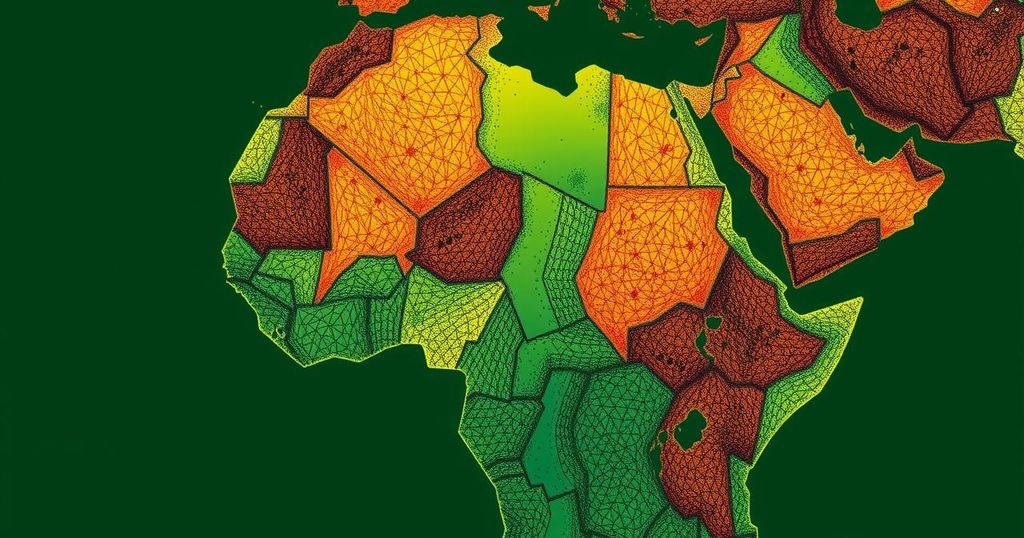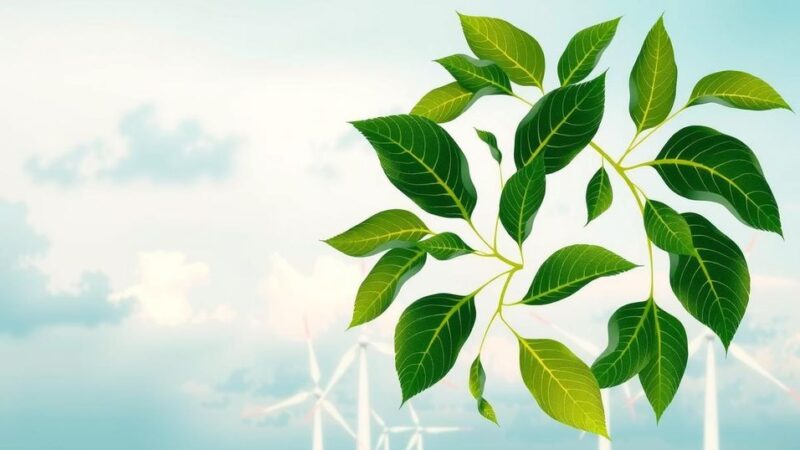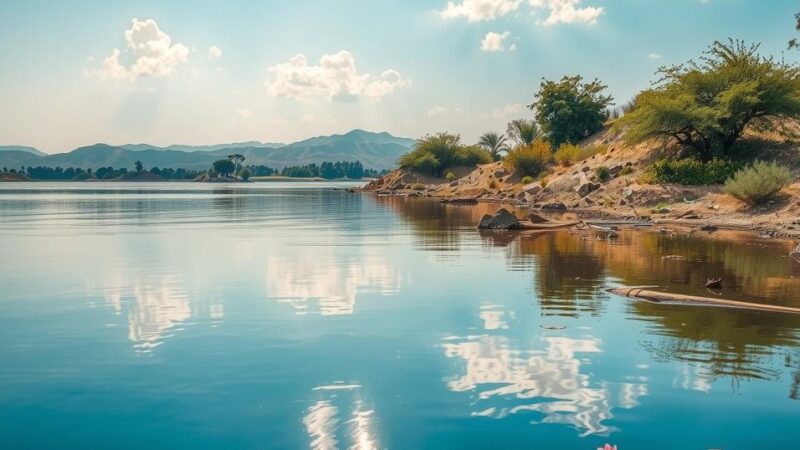African countries are facing extreme weather and a severe sovereign debt crisis, necessitating urgent global action for debt relief to enable sustainable development. The upcoming international summits present a critical opportunity to address these issues, as a significant portion of African nations require extensive financial support. A comprehensive approach to debt restructuring and investment in green initiatives is vital for enabling Africa’s transition toward resilience and sustainability.
In the face of exacerbating climate challenges, particularly extreme weather events and deteriorating economic conditions, African nations are at a crossroads that necessitates urgent attention and action. The recent record-breaking summer heat and the devastating impacts of El Niño highlight the pressing reality of climate change, calling for a strong multilateral response to promote sustainable development. As world leaders prepare for key summits such as the International Monetary Fund-World Bank Group Annual Meetings, G20 summit, and COP29, the focus must turn to the vulnerabilities faced by African countries amid a deepening sovereign debt crisis that has escalated by 240 percent between 2008 and 2022. Furthermore, it is concerning that more than half of African nations now allocate greater funds to interest payments than to healthcare, crippling their ability to invest in sustainable initiatives. Despite the need for increased liquidity to temporarily ease fiscal pressures, such measures do little to resolve the entrenched debt issue that hampers progress towards green growth. To mobilize necessary financing for climate action and meet the UN Sustainable Development Goals by 2030, it is critical to provide substantial debt relief to at least 34 African nations. The existing G20 Common Framework for Debt Treatments has proven ineffective, characterized by slow, fragmented responses and a lack of engagement from private creditors and multilateral development banks. To facilitate a shift towards sustainable development, Africa requires a comprehensive, large-scale debt relief strategy. This should include significant reductions in bilateral creditor and multilateral development bank debts, enhanced participation incentives for private creditors, and support for nations not currently in distress. These structural reforms should also incorporate climate risks within the IMF’s debt sustainability analyses to better align debt relief with sustainable ambitions. An equitable approach to debt restructuring is paramount, necessitating participation from all creditor types to ensure fair burden-sharing. By adopting a coordinated strategy, the potential for Africa to transition into a green economy can be realized, leveraging its vast renewable resources and youthful workforce. Looking ahead to 2025, African leaders have the potential to influence the necessary reforms to address the interconnected crises of debt and climate. With South Africa’s leadership of the G20 and Uganda at the helm of the G77, there lies a unique opportunity for advocacy of significant debt relief to bolster Africa’s green growth objectives. The dual crises of climate change and debt in Africa are intertwined, requiring a unified response. Therefore, it is imperative for the international community to act decisively to support the continent in establishing a sustainable and equitable future for its people.
The interconnected crises of climate change and sovereign debt present a unique challenge to African nations. Years of climatic adversities, compounded by external shocks like inflation and geopolitical tensions, have significantly increased public debt levels. As African economies grapple with the immediate impacts of climate change while also facing fiscal constraints, the urgent need for debt relief to facilitate investment in sustainable development has become apparent. The international community’s involvement, particularly through key financial institutions, is crucial for enabling African nations to pursue greener economic trajectories, which are vital for long-term stability and environmental sustainability.
In conclusion, large-scale debt relief for African nations is essential to unlock the continent’s potential for green development amidst the ongoing climate crisis. The current debt landscape is unsustainable and hinders the ability of these nations to invest in climate resilience and sustainable infrastructure. A comprehensive approach that includes restructuring debt, incentivizing private creditors, and incorporating climate considerations into financial analyses is necessary to facilitate meaningful change. The upcoming opportunities for African leadership within global financial discussions could catalyze these reforms, supporting the continent’s transition toward a sustainable and prosperous future.
Original Source: www.koreatimes.co.kr






